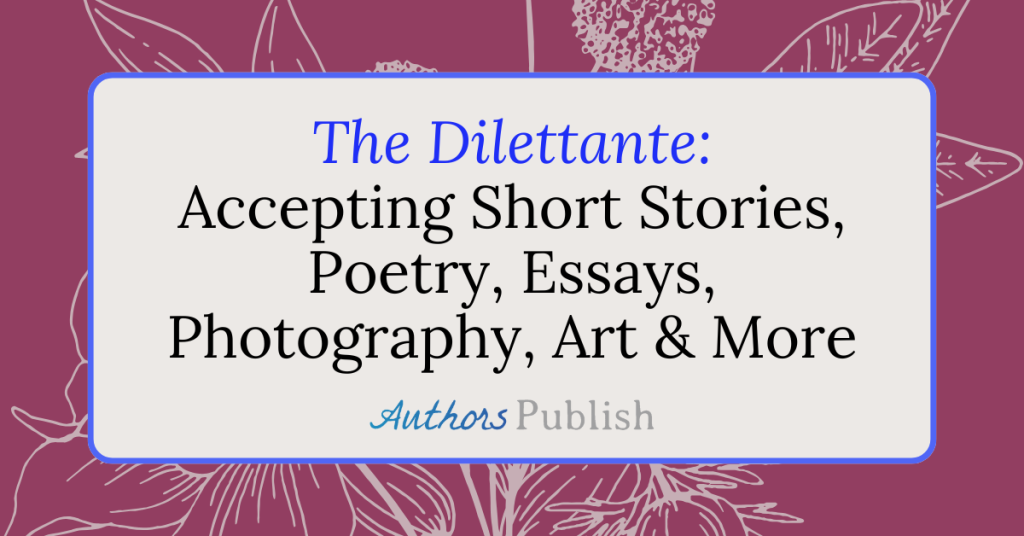By Emily-Jane Hills Orford
Bam, beep, buzzzz, clickety click and the sounds erupt from the pages of a story.
Children’s books use a lot of sound words: echoism, or more elaborately identified as onomatopoeia. They can be used in any story, for any age group. In fact, some stories demand the use of sound words. Battle scenes would be difficult to write without using onomatopoeia like blast, bang, scream. The trick is to use these words effectively without overusing them. When editing young people’s stories, one is overwhelmed by their use of sound words. Young readers enjoy the benefits of sound in their stories, but they can over-indulge the reader.
So, how can a writer use these sound words effectively? Here are a few tips.
First of all, choose your sound words wisely. Make them flow in the sentence. Remember onomatopoeia can be used in place of verbs, nouns, and adjectives. It’s an effective tool to make your story come alive. Using a sound word is much better than describing the sound. “Meep, meep, meep,” is the sound your alarm makes in the morning. Rather than a simple explanation that “the alarm woke me up,” make the annoyingly repetitive sound of the alarm vibrate off the page.
Here’s another example of effective use of sound words:
“We sat by the crackling fire while the storm outside raged its fury, splattering rain on the roof while thunder rumbled above.”
Much better than:
“We sat by the fire while it rained heavily outside with lots of thunder.”
The first example brings the storm to life, while the second one merely describes it.
It’s important to choose words that imitate the sounds they’re meant to describe. Buzz is a good choice for the sound of a bee, while sizzle works well to describe bacon cooking on an open fire.
Another useful tool to enhance sound writing is punctuation. Don’t just use a comma or a period when an exclamation mark (don’t overdo this either as one is quite sufficient and much more effective than a steady stream of exclamation marks) can effectively convey sounds. An exclamation mark, dash or ellipses can emphasize the abruptness or the suddenness of the sound and leave the reader breathless for more detail. Also, stand alone sound words are usually formatted using italics (not necessary when the sound word is used as a noun, verb or adjective in a sentence). This visual impact makes the sound word stand out. But, like anything else, be consistent. Don’t use italics on one sound word and then leave the other sound words in the story in regular font.
Now, about overuse. Too often writers, especially young writers, get carried away with sound words, either using the same sound word repeatedly, or using multiple different sound words to give the obvious audio effect. Too many sound words can turn off the reader who wants to get on with the story and not dwell on the various sound effects. It’s important to keep in mind that there are five senses to involve the reader, sound being only one of those senses. That being said, multiple sound words can be effective in a children’s picture book story where young readers love to read sound words and learn the sounds around them.
Also, keep in mind the genre and time period of your story as some sound words that are effective in contemporary scenes may not work so well in a medieval setting. And fantasy stories provide a whole new venue for creatively chosen sound words.
In all of your writing, remember that the senses play an important role in the descriptive narrative of your story. Describing the smell of a cake baking in the oven or the sight of a blue bird at the feeder are all part of our sensory perceptions. So, too, are the sounds we hear. The senses bring the reader into the story and make them feel like they are a part of the action. Among other things, sound words, used with care, can add action and vitality to any story.
Emily-Jane Hills Orford is a country writer, living just outside the tiny community of North Gower, Ontario, near the nation’s capital. With degrees in art history, music and Canadian studies, the retired music teacher enjoys the quiet nature of her country home and the inspiration of working at her antique Jane Austen-style spinet desk, feeling quite complete as she writes and stares out the large picture window at the birds and the forest. She writes in several genres, including creative nonfiction, memoir, fantasy, and historical fiction. http://emilyjanebooks.ca






